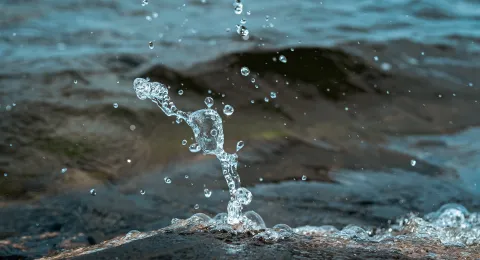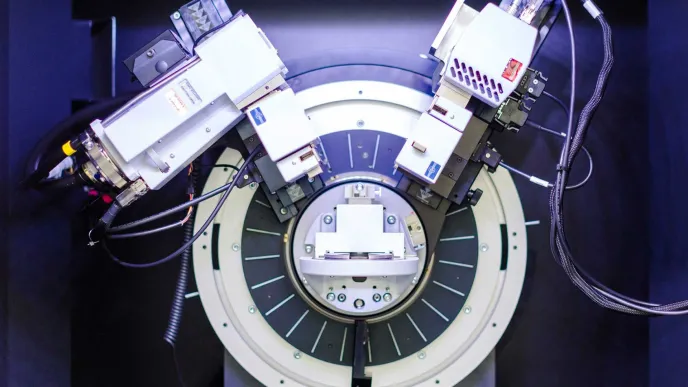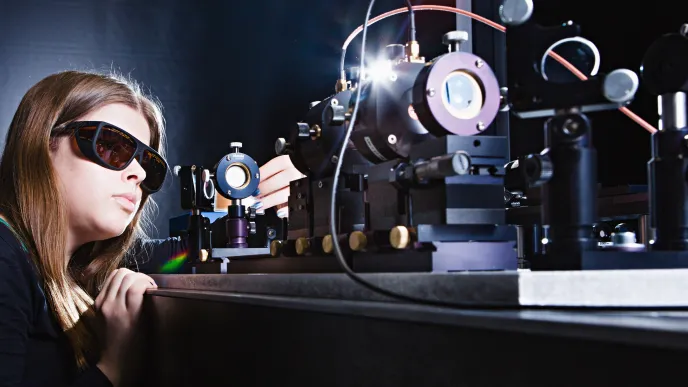Research areas
Other active areas have been superconductors, magnons and spin-waves in ferrite-ferroelectric materials, dendrimers, cleaning of water from Hg-ions via chelation, and thermometry based on luminescence. Understanding superconductors, especially high-temperature superconductivity may prove crucial to the challenge of producing affordable and clean energy, as lossless transfer of electricity is one of the key questions in energy production.
Infrastructure
Experimental facilities contain among other SQUID magnetometer, AFM microscope and PMF magnet. SQUID is the most sensitive method to measure magnetic properties. We can make experiments from 1.6 K up to 400 K. Low temperatures, liquid Nitrogen and liquid Helium are our everyday tools. AFM is the most sensitive microscope in many senses. It can measure the profile of the sample on atomic level, but also magnetic properties and forces on atomic level. One example is in Figure below, where we observed piezo effect for very thin nanowires. The Piezo effect can be used to harvest electricity. Our PMF magnet is strongest magnet in Finland. It can give even 40 T magnetic field. The magnet was mentioned in a cartoon in a local newspaper (Vartti, 2013).
Project manager




